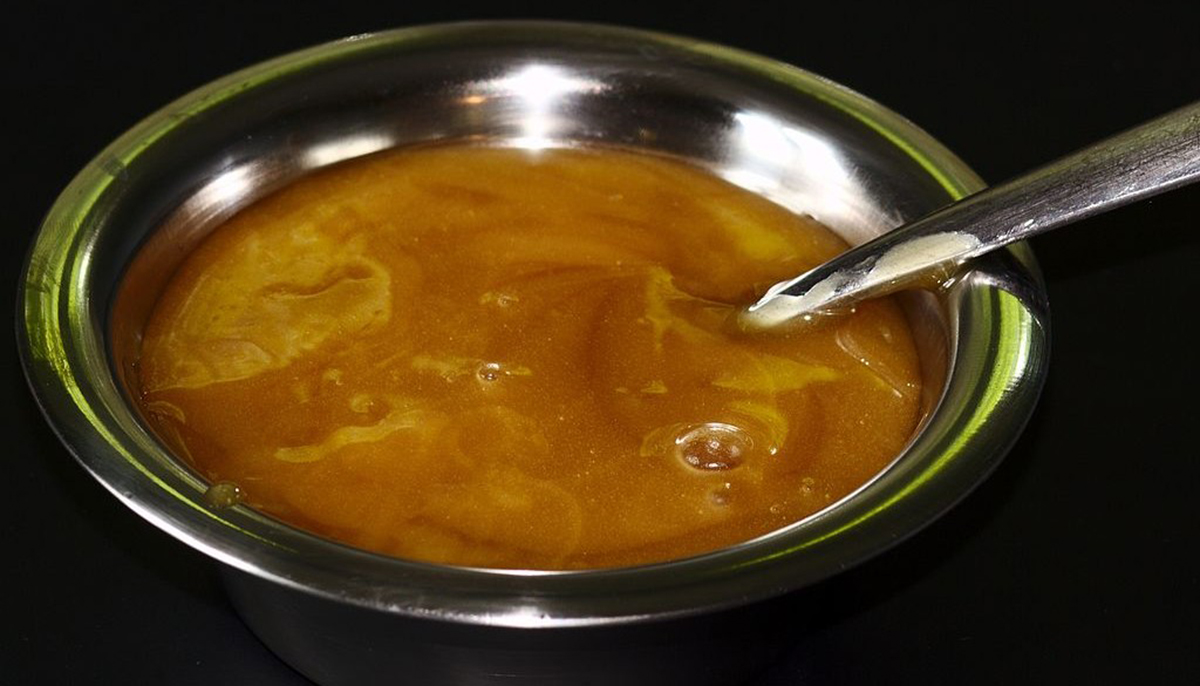Table of Contents
Manuka honey isn't the only kind of honey used in healthcare. If you want to use honey in clearing up a skin problem, you should go with New Zealand manuka honey, but other honeys have other proven uses. Here are some examples:

- New Zealand also produces kanuka honey, produced by bees that feed on the kanuka tree, Kunzea ericoides. Kanuka trees grow at a higher elevation than the coast-loving manuka bushes. Parakeets rub their feathers on the leaves of the kanuka treee to get rid of parasites. And laboratory studies have found that kanuka honey is even more potently anti-inflammatory than manuka and other honeys. Kanuka honey is best used to prevent chronic wounds. It doesn't have to be applied right away after a wound forms to be beneficial.
- Clover honey is produced around the world. Clover honey does not have the same antibacterial power as manuka and kanuka honeys, but it is useful for controlling fungal infections of the skin. If you have athlete's foot, an inexpensive and effective treatment is clover honey, applied in a very thin layer over the food, and tea tree oil, covered by a dry sock and a clean shoe.
- Longan honey and sourwood honey produced in Malaysia are excellent sources of dietary antioxidants. They are more beneficial to health if they are eaten than if they are applied to the skin.
- Propolis, strictly speaking, is not honey. It is a collection of waxy resins that bees use in construction in their hives. Propolis, however, has potent antimicrobial and immunostimulant properties, no matter where it is collected. Propolis has antibacterial potency against staph, strep, Pseudomonas, and E. coli bacteria, and it is also used to treat colds and flu. It can be used with success to treat vaginal yeast infections. It may offset some of the pro-inflammatory effects of a high-fat diet (although it's always better simply to reduce the amount of fat consumed in the diet). Brazilian propolis is used to treat sneezing, wheezing, hay fever, and asthma, and Korean propolis is used in skin care products designed to treat browning of the skin after excessive sun exposure.
See Also: Miraculous Moringa Tree Leaves
Honey and propolis don't replace skin cleansing, exfoliation, and benzoyl peroxide in controlling acne. If you want to use honey to treat a burn or a wound, be sure you use MediHoney wound dressings or medical honey you squeeze from a tube. You don't want to lick from the jar and then use honey to dress a wound on your skin. Medicinal honey for treating skin care problems is significantly more expensive than honey for table consumption, but it can be exactly what you need when conventional treatments aren't enough.
- Nakajima Y, Mukai K, Nasruddin, Komatsu E, Iuchi T, Kitayama Y, Sugama J, Nakatani T. Evaluation of the effects of honey on acute-phase deep burn wounds. Evid Based Complement Alternat Med. 2013. 2013:784959. doi: 10.1155/2013/784959. Epub 2013 Nov 17. PMID: 24348720.
- Tomblin V, Ferguson LR, Han DY, Murray P, Schlothauer R. Potential pathway of anti-inflammatory effect by New Zealand honeys. Int J Gen Med. 2014 Mar 5, 7:149-58. doi: .10.2147/IJGM.S45839. eCollection 2014. PMID: 24623989.
- Photo courtesy of Andy Murray by Flickr : www.flickr.com/photos/89396233@N00/12622731023
- Photo courtesy of Sage Ross by Wikimedia Commons : commons.wikimedia.org/wiki/File:Manuka_honey_in_a_bowl.jpg


Your thoughts on this